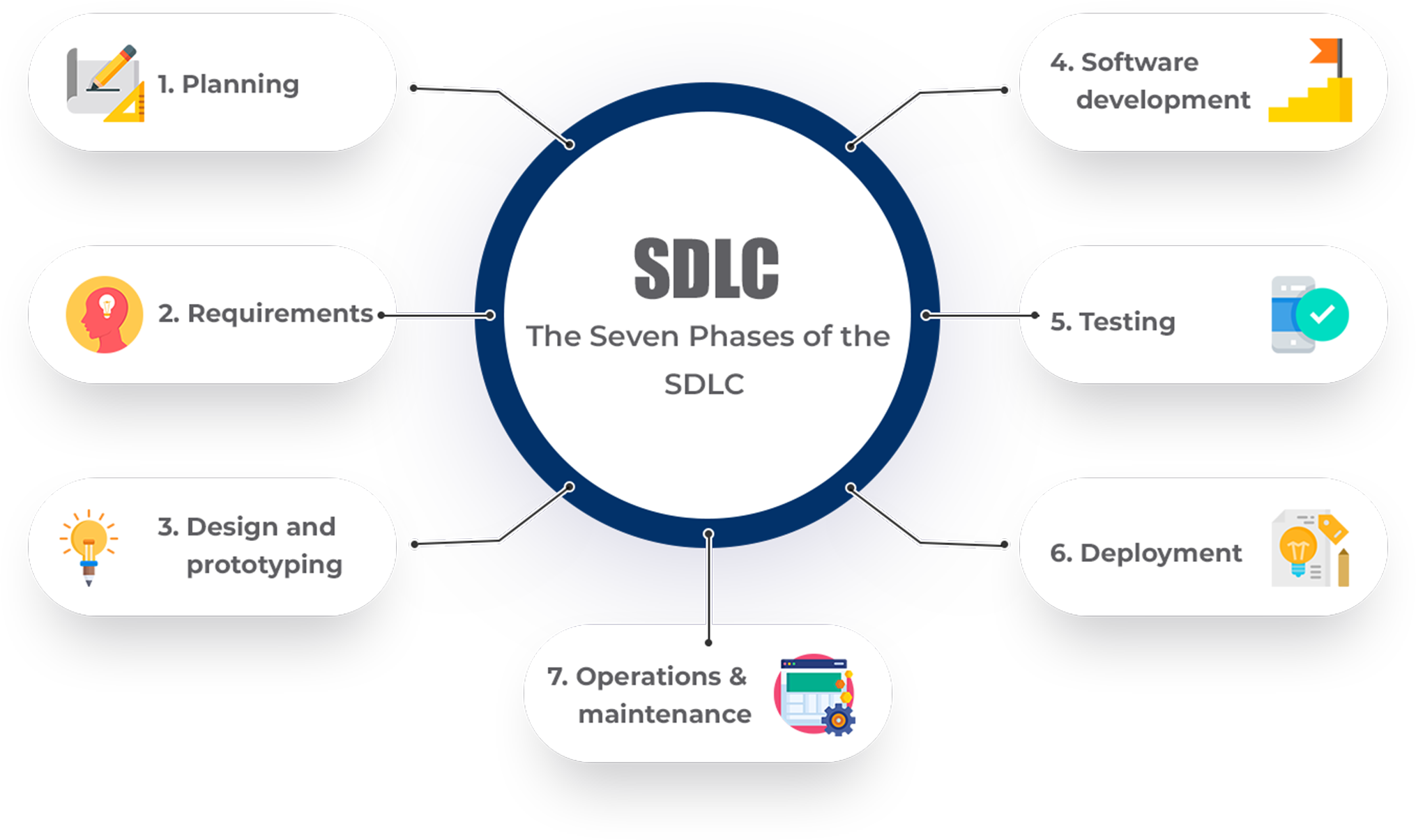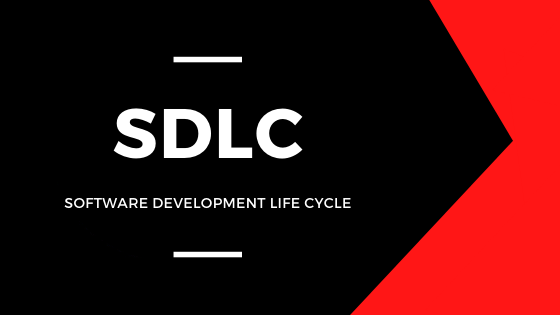After the invention of computers and technology, software applications became an important part of gadgets and they are developed to provide a new experience by making your work easier. Due to ever-growing trends in technology, several software applications came to the play and most of the software developers use a different approach to create the software.
What is SDLC?
The acronym of SDLC is the software development life cycle and it is the process of developing high-quality software in a minimum time limit at a low cost. Software is a complex product and it involves a series of steps to get the end product, SDLC provides a framework for the software development process. At first, the idea is converted into design then it is documented and the design becomes the prototype, this is the overall process of SDLC. The main goal of the Software development life cycle is to produce a high-quality product to meet customer satisfaction, work effectively, efficiently, and cost-effective. The software development life cycle involves several steps and processes, each phase of the cycle is deliverable and it is followed by the next phase of the life cycle.

SDLC Process
Software projects follow a systematic way to get the end product is called a Software Development Life cycle process. The model of the SDLC cycle is also called process models and it represents all the methods required to change the concept into useful software. The stages involved in the SDLC process are analysis, planning, design, testing, development, and deployment. Let see detail about each of the processes.
Analysis
The analysis is the initial step in the software development process and it is done by the senior team experts with inputs from various mediums such as customers, salespeople, programmers, and industry experts. Identify the risk involved and quality assurance requirements involved in the development process by analyzing these factors and you can easily identify the scope of the project. The information is collected from the various sources to develop the product with high quality and any type of ambiguities are to be resolved at this stage. After the process analysis is done, the software requirement specification document should be created and it should be kept for further reference by developers.
Planning
Planning is the process of determining cost and allocating resources for implementing the analyzed requirements. It gives the details of the risk involved and sub plans to solve those types of tricks. By proper planning, we can easily determine the feasibility of the project without involving any type of risk and check the feasibility of the project in zones such as economic, legal, operations, technical, and schedule. Planning is the main aspect of product and project management and this includes capacity planning, cost estimation, project scheduling, resource allocation, and provisioning.
Design
The conversion of software specifications in a design plan is called the design specifications and in this stage, the requirement gathered in the SRS document is used as an input for the software architecture project and failure at this stage can result in huge loss. Several design approaches are created for the product architecture and it is documented as a DDS- design document specifications and this is done on the parameters such as risk assessment, design modularity, budget constraints, and product robustness. This design helps you to define the overall system architecture and It has two steps:
HLD – High-Level Design – it gives information about the software architecture of the product developed and it is done by architects.
LLD – Low-Level Design – it explains features in the product and how the software works, it is done by software developers.
Development
This is the most important stage in SDLC and this is the phase where the building of the software starts. The developers of all stages are involved in this process and the outcome of this phase is Source Code Document (SCD). The programming codes are generated by tools like compilers, debuggers, and interpreters, etc. Also, they can use programming languages such as JAVA, C, C++, Pascal, and PHP for coding.
The final output of the product is functional software and the end product is testable. In this phase, the tasks are divided into small units, and then it is assigned to various developers, this is the longest process in the SDLC cycle.
Testing
The most important phase of the SDLC process is testing and you have to deliver good quality software at the end of the day, so you have to do testing before delivering the product and it involves types of testing are security testing, performance testing, integration testing, unit testing, and code quality. Use an automated approach to do the testing process to get automation testing to use the continuous integration tool. At this stage, the product malfunctions are tracked, reported, fixed, and retested. The same step is repeated until the product meets the quality specifications mentioned in the SRS document.
Deployment
This is the phase after the testing is done, this step is done by the deployment engineers and it is a highly automated phase. The tool used in this process is Application Release Automation (ARA) to automate the deployment of applications to production environments and the final output of this stage is this usable functional software. Based on the feedback, the project is released and checked for deployment solutions. Then this phase is followed by maintenance.
Maintenance
This is the final step of the development phase, the customer starts to use the product and the problems occur. Then you have to solve it by debugging, upgrading, and enhancing.
The most famous models of SDLC cycles are the waterfall model, agile model, iterative model, spiral model, big bang model, and v-shaped model.

















Post Comments